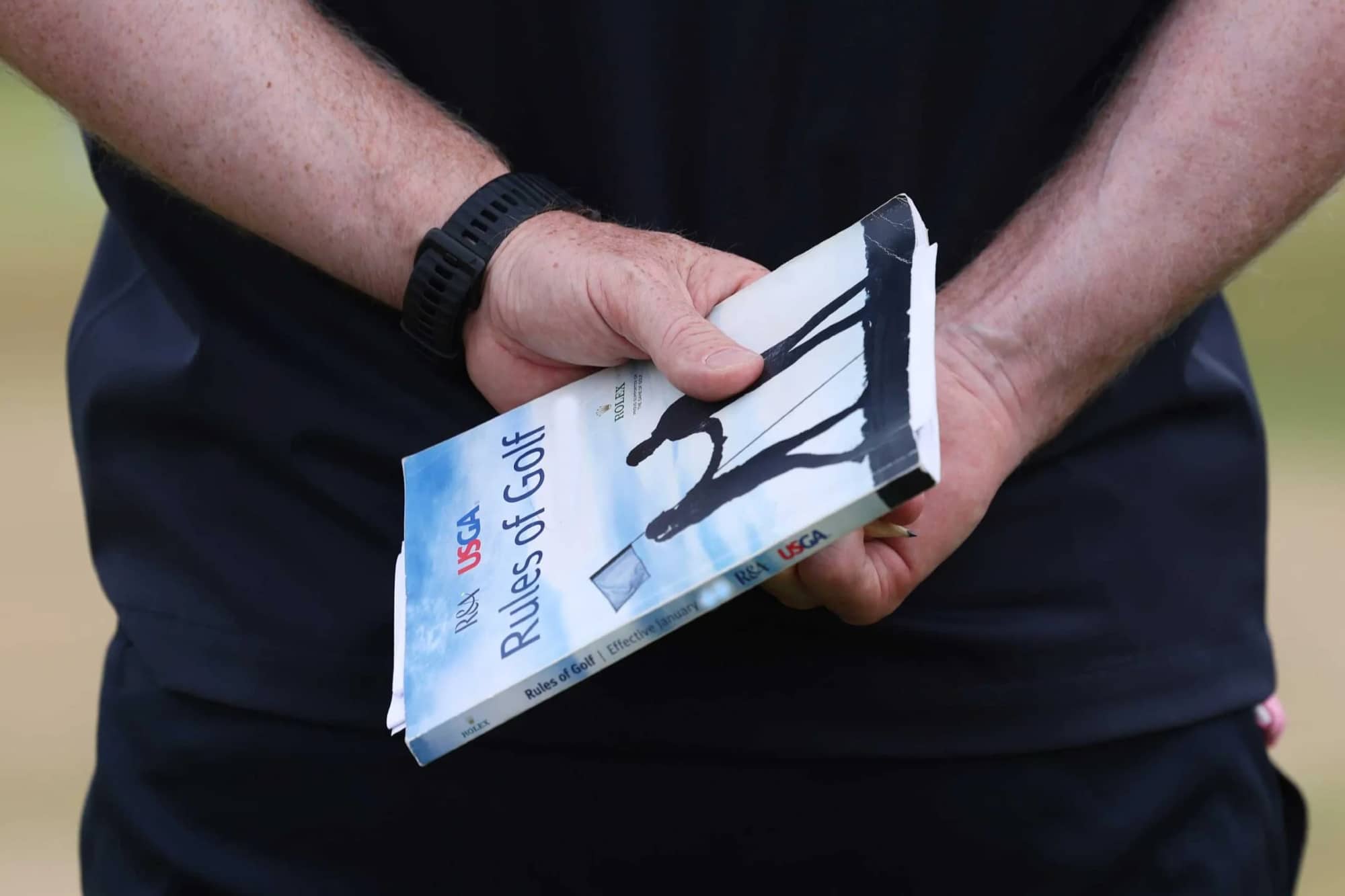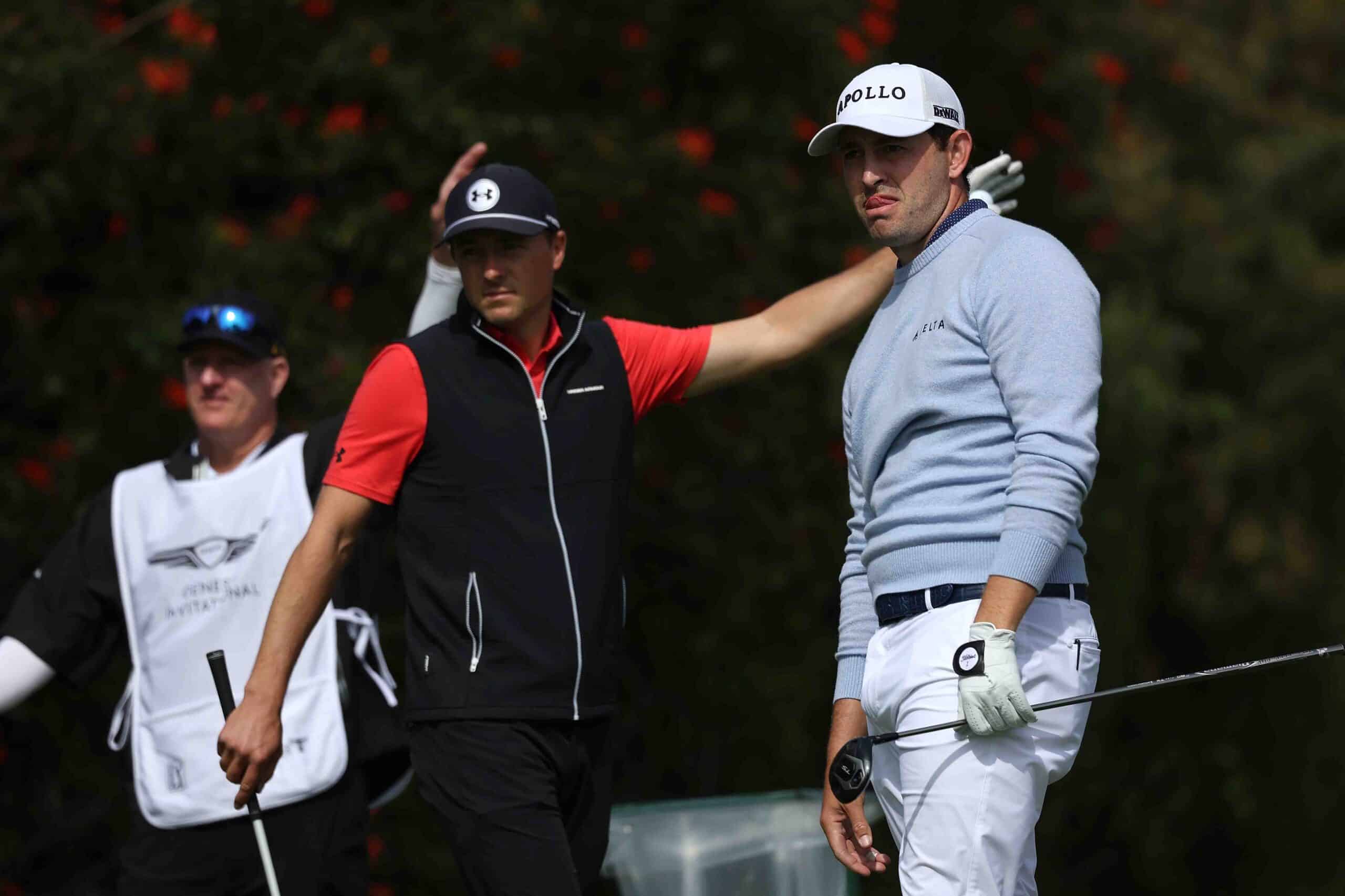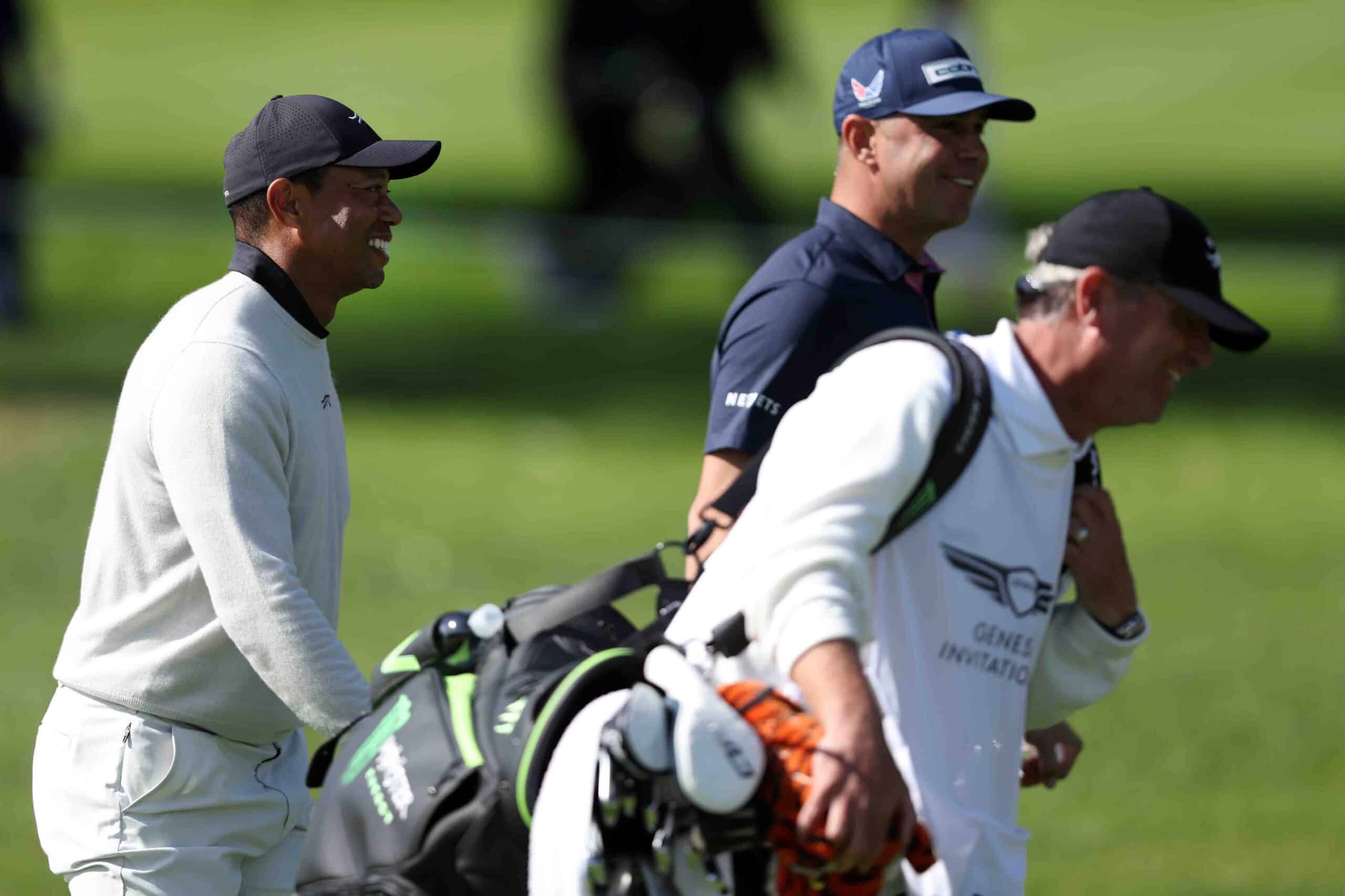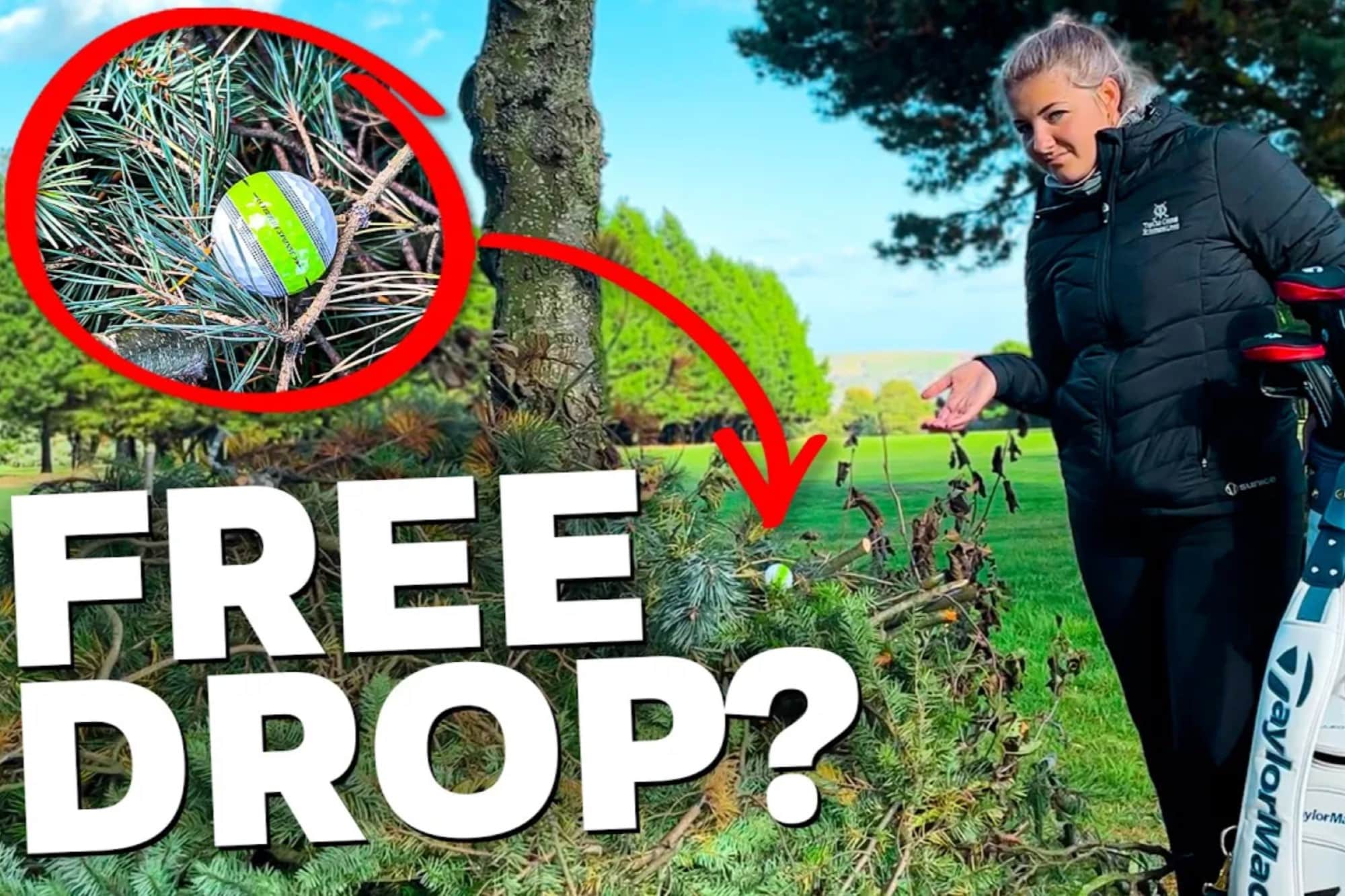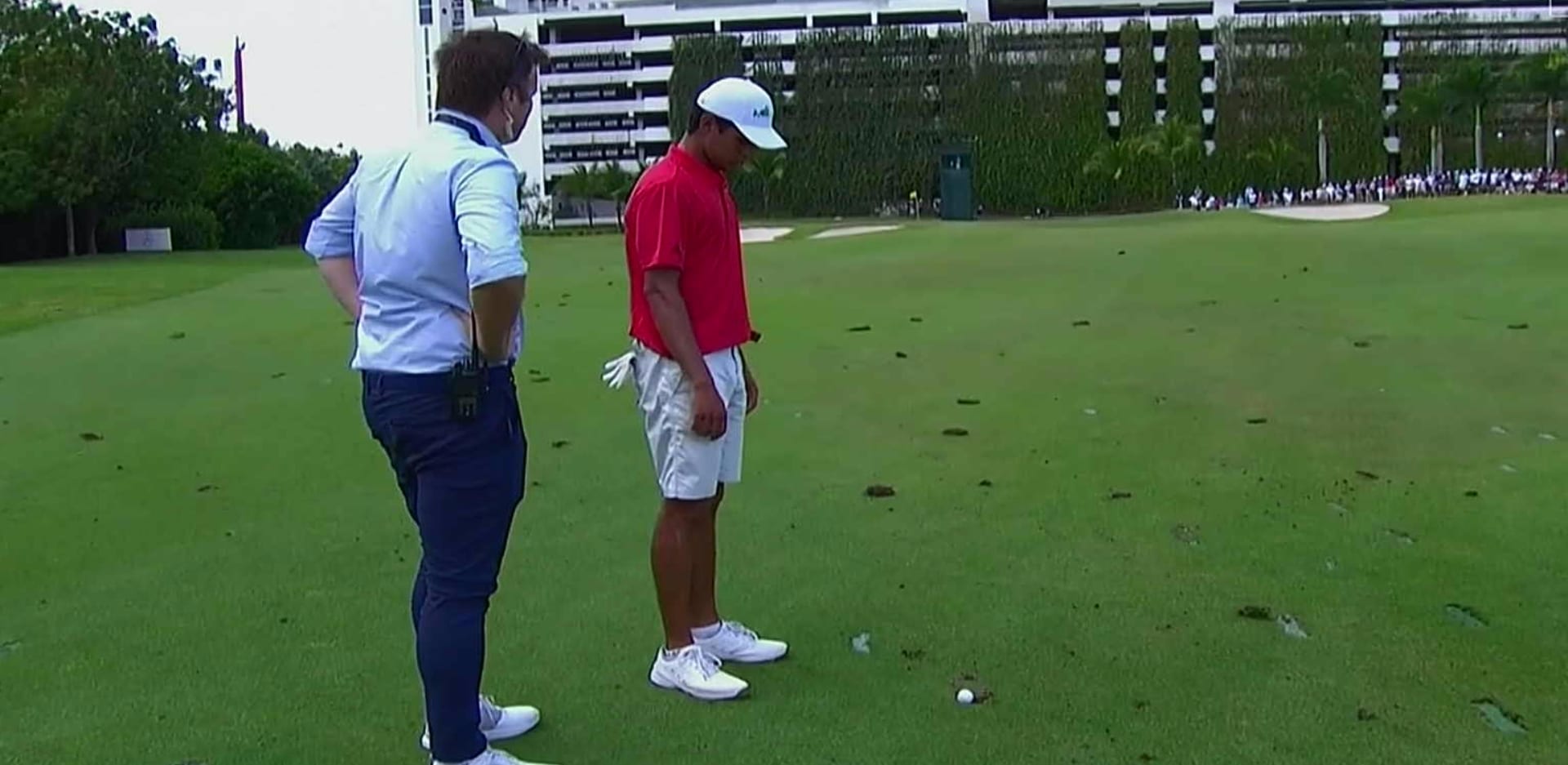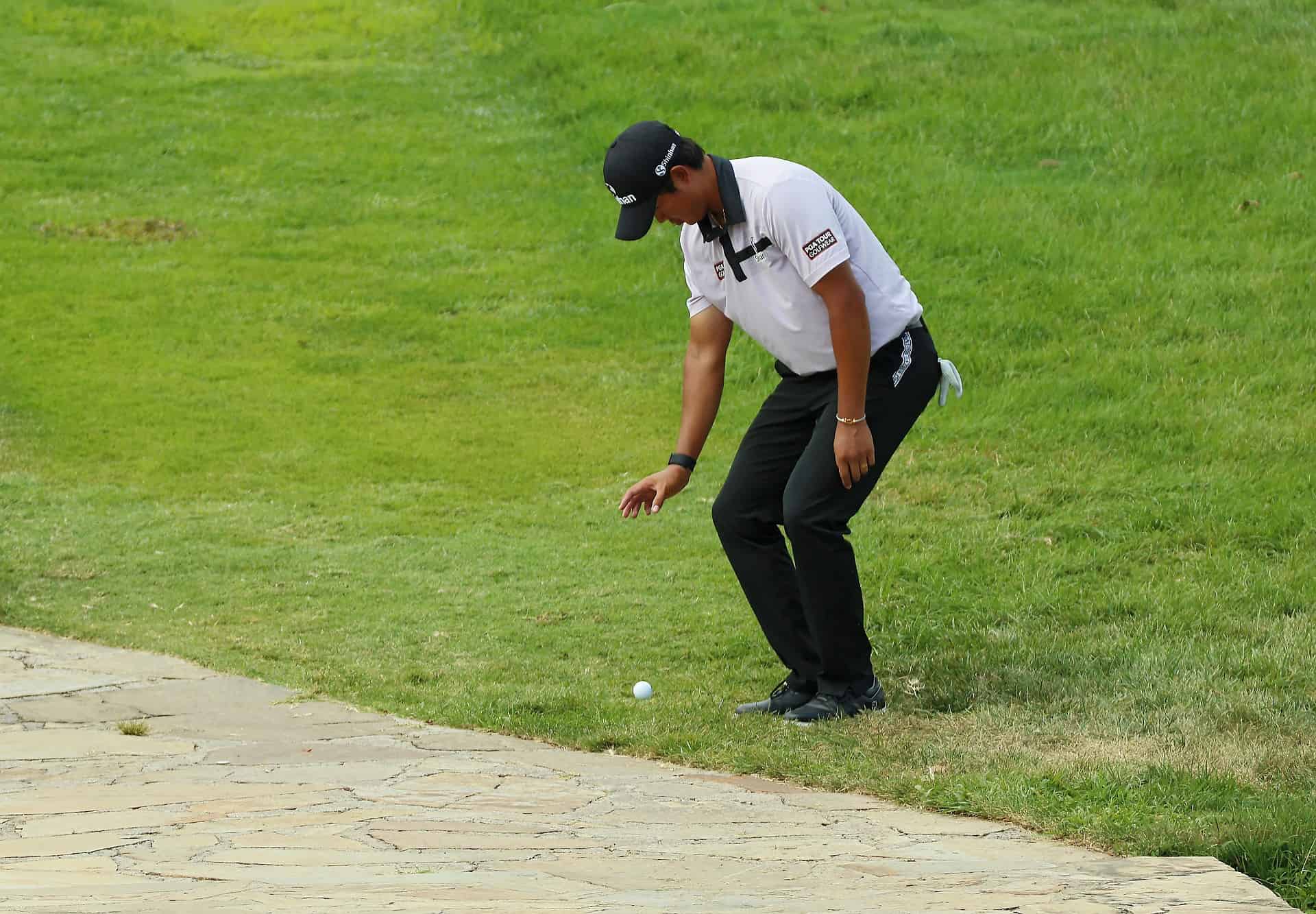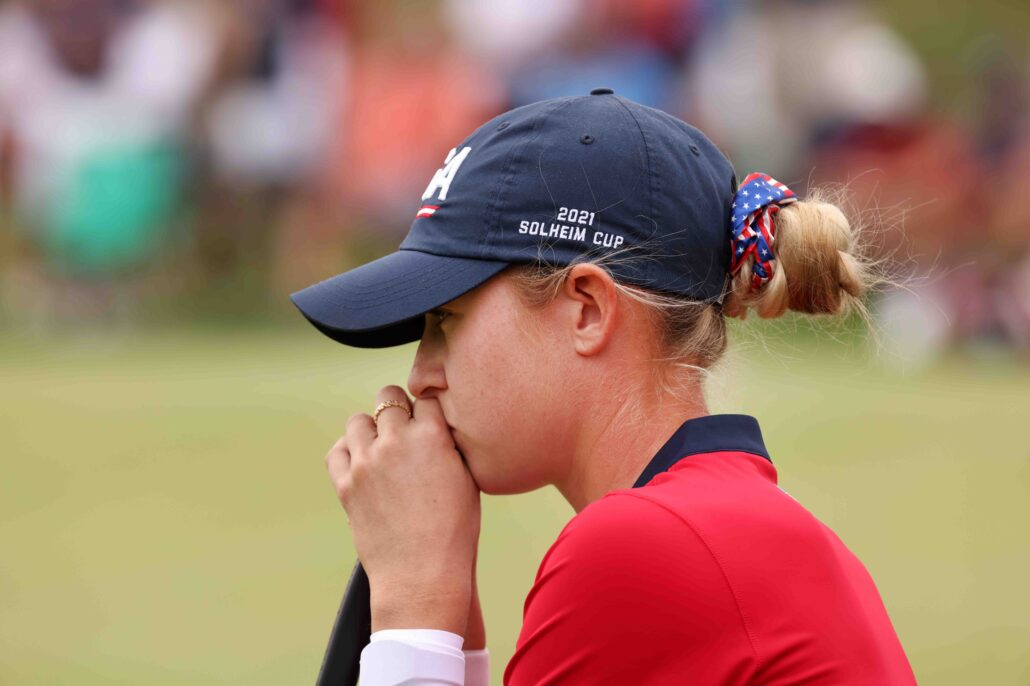
Why the controversial Solheim Cup ruling was right
I had to disqualify a player recently for not signing their scorecard. They’d entered their numbers into the computer and everything was present and correct – except for a squiggle on a piece of paper.
This player would have won the competition. I’m told he was disappointed and, to be honest, so was I. No one WANTS to make that decision.
But one thing I’ve learned about being a rules official is that occasionally you have to do things golfers don’t like.
People will sometimes say to me, when they’re the victim of what they perceive to be some nonsensical infraction that only appears deep in the text of a 200-page book, “What does it matter?” or, “That’s a stupid rule.”
Perhaps it is. Where do you draw the line, though? Is it when someone accidentally moves their ball, or is it when someone drops one down a trouser leg? The point is you have to uphold the rules regardless.
I’ve learned to cope with being unpopular when applying some judgements. I’m going to be unpopular for saying this too as social media is still raging with fury.
But the Solheim Cup rules row, after Madelene Sagstrom picked up Nelly Korda’s ball on the 13th hole of the first day fourballs at Inverness, may not be what you think.
I’m going to try and show you how I think Rule 13.3a and Rule 13.3b was applied correctly – through the prism of some of the comments that lambasted the call.
You might not change your opinion, you might still think it’s daft, but it may answer some of the more pressing complaints, from a Rules perspective at least, that I’ve seen over the last few hours.
‘That ball wasn’t overhanging’
What is ‘overhanging’?
One Twitter commenter told me “only a quarter of [the] ball at most was overhanging” and then doubled down by arguing “for it to fall more than 50% would need to be over the hole”.
Others argued none of it was.
Rule 13.3a, which introduces the waiting time to see if a ball overhanging will fall into the hole, says it is “if any part of a player’s ball overhangs the lip of the hole”.
I want you to think about that for a second. If any part. It could only be a few dimples, it could be half, the Rule defines that ball as overhanging.
A refereeing pal of mine described it in a more understandable way. Consider whether a ball is, or is not, in bounds. Any part applies in the same fashion, even if it is only by the slightest of margins.
‘It was never going to drop’
Rule 13.3a doesn’t debate the probability of whether the ball will fall in. It merely sets out the waiting time to see if it will.
Once it’s established the ball is overhanging, when Sagstrom picks it up she’s in breach of 13.3b because she’s lifted it before that waiting time has ended.
Whether it was going to go in or not is actually irrelevant as far as the Rule is concerned.
‘She had waited seven seconds’
I heard this a lot and you need to be careful here. Some people were under the impression if Sagstrom had waited three or four more seconds, she’d have been fine to pick up the ball as the 10-second waiting time would have elapsed.
This is wrong. She would still have been in breach. Here’s why.
Rule 13.3a says a player is “allowed a reasonable time to reach the hole and ten more seconds to wait to see whether the ball will fall into the hole”.
Do you see the distinction? Where was Korda when Sagstrom picked up the ball? She was still knelt on the green.
The 10 seconds hadn’t started because she hadn’t reached the hole.
‘Korda wasn’t making her way to the hole in reasonable time’
In a sea of subjectives, here’s another one. What is a reasonable time to reach the hole? There’s an interpretation to Rule 13.3a that addresses this directly.
It says determining that “depends on the circumstances of the stroke and includes time for the player’s natural or spontaneous reaction to the ball not going into the hole”.
Given the ball was picked up in six or seven seconds, no one can really argue – as much as you might wish – that a reasonable time had expired.
‘The ball had come to rest’
No, it hadn’t. Under Rule 13.3a, the ball is treated as being at rest only if it doesn’t fall into the hole in the waiting time.
‘They should have rejected the ruling’/’The referee should have ignored it’
It is true in match play that players can decide how to agree a rules issue, even if the outcome turns out to be wrong – as long as they don’t deliberately ignore a rule or penalty they knew applied.
However, under Rule 20.1b, that’s all swept away once a referee is assigned to a match. An official is compelled to ‘rule on any issue that comes to his or her attention in time and the players must follow that ruling’.
The committee procedures, which you can find in the Official Guide to the Rules of Golf, spell it out even more clearly – saying a referee that’s with a match for an entire round is responsible for acting on ‘any breach of the Rules that he or she sees or is told about’.
Now, those same committee procedures do say a referee can warn a player that’s about to breach a rule.
While they are not obliged to do so, ‘it is strongly recommended that a referee do so whenever possible in order to prevent a player from getting a penalty’. Was it possible in this case? Did everything move too quickly?
But once it happened, once the official assesses it to be a breach, not only can they not ignore it, so neither can the players sort it out among themselves. What they chose to do on subsequent holes was up to them.
Subscribe to NCG
Steve Carroll

A journalist for 25 years, Steve has been immersed in club golf for almost as long. A former club captain, he has passed the Level 3 Rules of Golf exam with distinction having attended the R&A's prestigious Tournament Administrators and Referees Seminar.
Steve has officiated at a host of high-profile tournaments, including Open Regional Qualifying, PGA Fourball Championship, English Men's Senior Amateur, and the North of England Amateur Championship. In 2023, he made his international debut as part of the team that refereed England vs Switzerland U16 girls.
A part of NCG's Top 100s panel, Steve has a particular love of links golf and is frantically trying to restore his single-figure handicap. He currently floats at around 11.
Steve plays at Close House, in Newcastle, and York GC, where he is a member of the club's matches and competitions committee and referees the annual 36-hole scratch York Rose Bowl.
Having studied history at Newcastle University, he became a journalist having passed his NTCJ exams at Darlington College of Technology.
What's in Steve's bag: TaylorMade Stealth 2 driver, 3-wood, and hybrids; TaylorMade Stealth 2 irons; TaylorMade Hi-Toe, Ping ChipR, Sik Putter.


